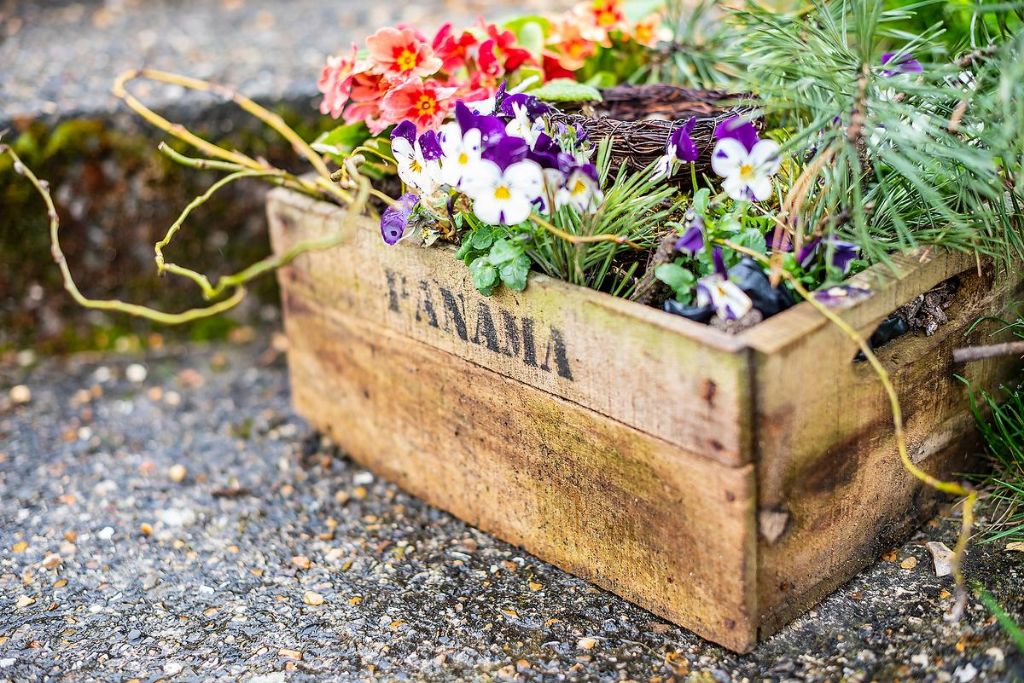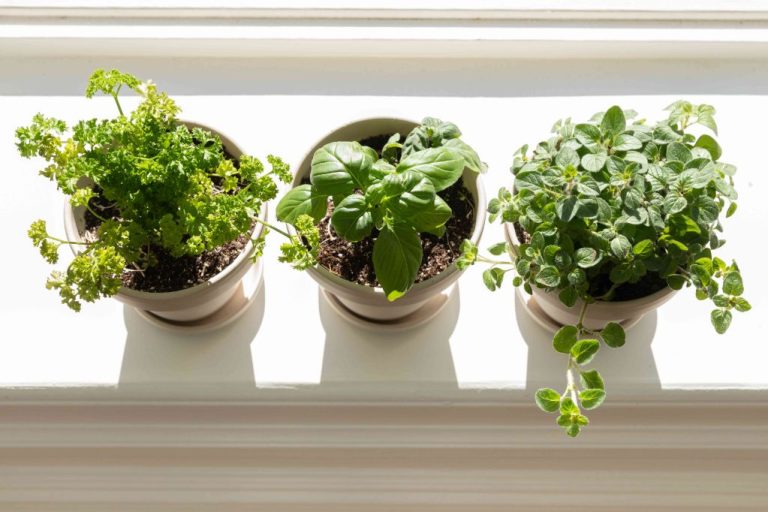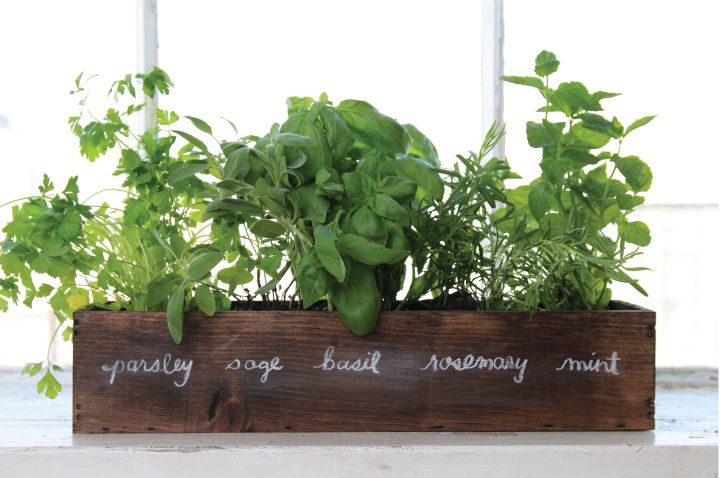Mobile Gardening Solutions For Urban Nomads
Urban nomads refer to people who frequently move locations and lack a permanent home base. This transient lifestyle poses unique challenges for enjoying gardening and growing fresh produce. Unlike traditional gardeners who have ample outdoor space and remain in one location for years, urban nomads require transportable, compact gardening solutions that can move with them. With space at a premium in cities and frequent relocations, urban nomads need innovative gardening options tailored to small spaces and frequent mobility. Mobile gardens allow busy urban nomads to enjoy the benefits of gardening, like fresh food, stress relief, and connecting with nature, despite their transient lifestyle. This article explores various compact, lightweight gardening solutions to enable urban nomads to grow plants and vegetables at home or on the go.
Source: https://urbannomadsco.com/blogs/news/enjoying-your-back-garden-nature
Benefits of Gardening for Urban Nomads’ Wellbeing
Gardening provides many health and wellbeing benefits that are especially relevant for urban nomads. Research shows that interacting with plants and being in nature can significantly reduce stress and anxiety levels (Mayo Clinic, 2022). The repetitive motions involved in gardening, such as sowing seeds, pruning plants, and pulling weeds, can induce a meditative state that calms the mind.
Being around greenery also has a measurable positive impact on mood. A 2018 study found that gardening increased self-esteem and overall sense of wellbeing in participants (Thompson, 2018). The creative process of designing and tending a garden provides a meaningful sense of purpose and accomplishment. As urban nomads frequently relocate, having a small mobile garden offers a source of stability and roots amid constant change.
In summary, gardening is an accessible and versatile form of therapy that enhances urban nomads’ mental health and resilience during their transient lifestyles.
Challenges of Traditional Gardening for Urban Nomads
Urban nomads who frequently move from rental to rental face unique challenges when it comes to gardening. Traditional gardening requires space for an outdoor garden bed or planter boxes, which can be difficult to accommodate in small urban spaces. Frequent moves also make establishing and maintaining a garden challenging.
Limited space is one of the biggest obstacles for urban nomad gardeners. Rentals, especially in urban areas, often lack sufficient outdoor space for gardening. Balconies and patios may only have room for a couple of pots or a small planter box. This restricts the amount and variety of crops that can be grown (Source).
Access to adequate sunlight is another constraint in urban rental spaces. Apartments and balconies surrounded by other buildings often sit in shade for much of the day, making it difficult to grow vegetables and herbs that require at least 6 hours of direct sunlight. Renters have little ability to modify the space to allow more light.
Frequent moves interrupt the gardening process, as any progress made must be abandoned when changing rentals. The work involved in preparing soil, establishing plants, and maintaining a vegetable garden can be labor intensive. Having to start over every year or two can be discouraging.
Traditional gardens also require buy-in from landlords, which is not always granted. Renters may face resistance when requesting to make alterations like building planter boxes or planting in the ground. Landlords may be concerned about damage or liability (Source).
Best Crops for Mobile Gardens
When choosing crops for a mobile garden, it’s important to select varieties that thrive in containers and smaller spaces. Some of the best options include:
Herbs like basil, oregano, thyme, rosemary, and mint are great for container gardening since they don’t require much space for their roots to grow. Herbs also provide a lot of flavor and fragrance relative to their size. According to The Spruce, popular herb choices for containers include “chives, parsley, sage, lavender, lemon balm, and dill” (source).
Leafy greens like lettuce, spinach, kale, arugula, chard, and celery are compact plants that grow well in pots and planters. GrowingIntheGarden.com recommends leafy greens as “a perfect choice for small containers (2 gallons or larger)” because of their small root systems (source).
Tomatoes are a popular choice for container gardens. Look for compact tomato varieties like cherry tomatoes or patio and container-specific cultivars. Make sure the container is at least 5 gallons for a single tomato plant.
Peppers, especially hot peppers, thrive in containers. The Spruce recommends bell peppers and chili peppers for small space vegetable gardening.
Root vegetables like carrots, radishes, and potatoes can grow well in deep, narrow containers. For potatoes, use containers at least 15 inches deep.
Creative Container Ideas
Container gardening offers urban nomads flexibility and portability for their gardens. With creative thinking, any container can be transformed into a planter, allowing urban nomads to grow herbs, vegetables, and flowers in small spaces.[1] Some unique container ideas include:

Pots
Clay, ceramic, plastic, and metal pots come in endless sizes, shapes, and colors. Opt for lightweight pots with drainage holes for easiest transporting. Self-watering pots are great for travelers who may be away for stretches. Add pops of color by painting terra cotta pots or use mosaic tiles to create patterns.[2]
Hanging Baskets
Make use of vertical space by hanging planters along walls or from ceilings. Opt for lightweight baskets lined with moss or coconut coir instead of heavy soil. Good choices for hanging plants include ferns, succulents, trailing vines, and flowering plants like petunias or fuchsias.
Vertical Gardens
Get creative with vertical spaces by using ladders, crates, and wall mounts as vertical gardens. Place several pots along the rungs of a ladder or attach planters to the slats of crates to create a living wall. Hang wall planters using decorative brackets or repurpose kitchen rails.
Wall Mounts
Take advantage of blank walls by mounting customized planters or shelving units to create abundant gardens. Use brackets, ledges, or rails to hold containers against walls. Opt for lightweight soilless mediums to reduce weight load.
With a little creativity, any container can become a planter! Urban nomads can grow productive and ornamental gardens using everyday items like crates, baskets, and ladders.
Compact Solutions for Small Spaces
Urban nomads living in small spaces like apartments face challenges when it comes to gardening. However, with some clever solutions, it’s possible to grow a productive garden even without a backyard. Here are some of the best options for compact gardening:
Straw Bale Gardens
Turn an ordinary straw bale into a bountiful garden with the straw bale gardening technique. Simply condition the bales with water and fertilizer, then plant directly into the straw. The straw provides great drainage and insulation for plant roots. At the end of the season, the straw can be composted.
Pallet Gardens
Recycle old wooden pallets into instant garden beds. Pallets provide built-in structure to contain soil and plants. Stack pallets vertically to create towers or arrange horizontally for a contained garden along a balcony or patio. Customize pallets with trellises for climbing plants.
Stacked Pots
Get vertical with your gardening space by stacking pots in pyramid shapes. Use a series of progressively smaller pots that fit together snugly. Try embedding the pots directly into soil-filled crates or bales for added support. The vertical design maximizes planting area in a small footprint.
Lighting Solutions for Indoor Gardens
Proper lighting is crucial for healthy plant growth, especially when gardening indoors. Full spectrum LED grow lights that provide a balance of warm and cool light are ideal for indoor gardens. They closely mimic natural sunlight, supporting photosynthesis and allowing plants to thrive. Position the grow lights 6-12 inches above the plants, adjusting the height as the plants grow. Keep the lights on for 12-16 hours per day. Rotate plants regularly so all sides get sufficient light exposure. Full spectrum grow lights on adjustable stands or hangers allow maximum flexibility for directing light at the ideal angle for each plant. Models like the Oslo 2-Tier LED Grow Light Garden provide customizable coverage across two tiers, perfect for a variety of potted plants (source). Carefully positioning full spectrum grow lights is key to maximizing yields and plant health indoors.
Easy-Transport Garden Structures
Urban nomads who want to garden can look into easy-transport structures that allow the garden to be moved around as needed. Wheeled planters offer mobility and can easily be rolled to a new location. Large wheeled planters on casters allow you to keep vegetables, herbs, flowers, and other plants together in one structure for easy transport (Source 1).
Collapsible structures are also ideal for urban nomads. These include trellises, cages, and other structures that can fold down or come apart for transport and storage. Look for lightweight metal or plastic options. Consider DIY solutions like PVC pipe structures that can quickly slide together and come apart (Source 2).
Using pulley systems allows raising and lowering of hanging planters and vertical gardens. Attach planters to ropes and pulleys secured to walls or ceilings and crank them out of the way for more walking space. Lower them to access and care for plants. Take inspiration from container ships and warehouse systems by installing rails or tracks for planters to slide along (Source 3).
Automated and Self-Watering Options
Urban nomads with busy lifestyles or frequent travel schedules will appreciate automated watering systems that reduce daily gardening responsibilities. There are several effective options to explore:
Drip irrigation systems provide consistent hydration through a network of tubes and valves. Kits like the Orbit B-Hyve Smart Hose End Timer allow gardeners to program custom watering schedules from their smartphone.
Self-watering planters and pots maintain optimal soil moisture through built-in reservoirs. Brands like LECHUZA offer beautiful ceramic planters with removable sub-irrigation systems for houseplants or outdoor containers.
Moisture sensor probes take the guesswork out of watering needs by providing real-time data. Pair with an automated system for maximum convenience. Yarbo’s AquaSensor controls valves to deliver water on demand.
With the right automated tools, urban nomads can enjoy the benefits of gardening without the daily hassle. Self-watering solutions provide flexibility for frequent travelers or those with packed schedules.
Conclusion
For urban nomads who want the benefits of gardening without the constraints of a permanent garden plot, mobile gardening offers innovative solutions. Whether moving from apartment to apartment or traveling full-time in a van or RV, compact, portable gardens allow green thumbs to grow vegetables, herbs and flowers no matter their living situation.
The key is choosing the right plants, containers and equipment. Dwarf and bush varieties of veggies and herbs thrive in small spaces, while self-watering systems and grow lights enable plants to flourish with minimal maintenance. Structures like hanging planters, wall-mounted gardens and collapsible raised beds provide flexibility and portability.
With some creativity and the right gear, urban nomads can enjoy the meditative, healthy hobby of gardening wherever their adventures take them. The many innovations in mobile gardening empower nomads to sustain a green thumb despite an on-the-go lifestyle.






